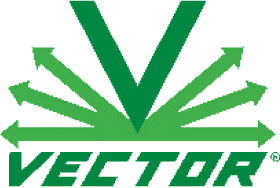2017
Impact of the freeze-thaw cycle on concrete structures
Estimated Reading Time: 1 minute, 33 seconds

The freeze-thaw cycle is one of the major causes of concrete deterioration in Canada and other regions of the world that experience extreme climate changes. It can lead to significant maintenance, reconstruction and strengthening costs. Concrete deterioration of bridges, harbors, roads and other infrastructure caused by freeze-thaw can also lead to unacceptable levels of public risk.

Early freeze-thaw damage typically begins under the concrete’s surface, and is the result of water infiltration. As the water freezes, it expands about 9% leading to cracking, scaling and eventually crumbling of improperly air entrained concrete. Because damage begins under the surface, it can be difficult to detect. By the time it becomes visible, damage is typically advanced and more significant. The rate of damage progression depends on the number of freeze-thaw cycles and the amount of water saturation. Porous and exposed sections of concrete are the most susceptible to freeze-thaw damage.
The Guide to Concrete Repair, United States Department of the Interior, describes some of the ways concrete damaged by freeze-thaw deterioration is repaired. If the damage is deeper than six inches, for example, concrete is replaced. Damage less than six inches can be handled with an epoxy-bonded replacement or polymer concrete. Sealing compounds can be used to prevent exposed sections of concrete from absorbing water. The best prevention, however, involves ensuring adequately entrained air in the concrete, which provides some give and can prevent the extent of cracking damage. Concrete applied with lower water-cement ratio also improves its resistance to freeze-thaw cycles.
There will always be concrete breakdown caused by the extreme freeze-thaw conditions in northern climates. Restoring major concrete infrastructures requires significant expertise. Serving Canada and the US, Vector Construction is a recognized leader in the concrete restoration and protection industry, with innovative solution for a wide range of concrete problems -- including major rehabilitation projects focused on freeze-thaw damaged concrete structure.
